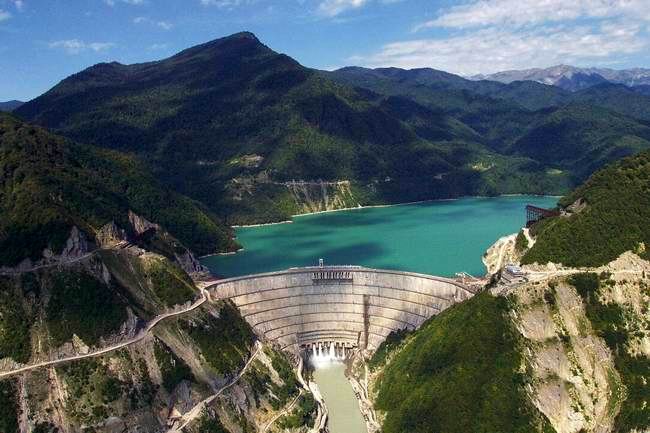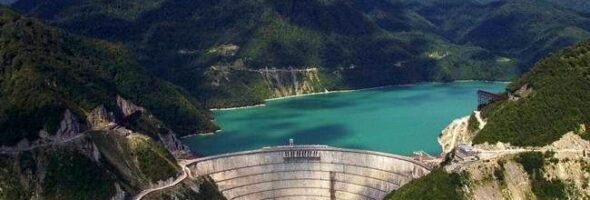
Today, celebrating the Day of Action for Rivers, dozens of civil society groups published their critique of the Draft Guidance Note on Large Hydropower which was disclosed by the Asian Development Bank (ADB) for a short “consultation period”. The ADB may establish a dangerous precedent issuing Guidance, that instructs its staff and consultants to “look the other way”, when it comes to immense environmental and social impacts from large hydropower. Eventually, this will result in wasting money on projects damming sensitive free-flowing rivers, which will be stalled due to fierce resistance by local communities.
As it stands, the Guidance Note fails to indicate any shift towards incorporating a precautionary approach that would prioritize avoidance of harm, and necessity to consider alternative options that do not destroy the region’s critical rivershed ecosystems and the livelihoods of the millions of people across the region who depend upon them. It also fails to base provisions on more stringent guidelines developed by peer MDBs – with which the ADB enters into co-financing agreements – such as the European Investment Bank.
Furthermore, the Guidance Note claims that the build-out of large dams would enable borrowing member countries to progress on the pathway towards Paris-alignment and away from fossil fuel dependency. Yet, most especially in light of the overwhelming financial, climate, energy and food crises with which populations across the region are confronted, as well as illegitimate debts burdening the governments of borrowing members of the ADB, these assertions significantly lack consideration of several practical realities, including that:
- significant greenhouse gas emission releases are known to occur within the first 20 years of dam operations (i.e. this large ‘pulse’ in emissions therefore occurs within the very same window of time we have to rapidly shift towards decarbonizing energy systems to avoid catastrophic global heating),
- the construction of dams remains inherently dependent on fossil fuels,
- the damming and consequential dewatering of vast stretches of rivers leads to irreversible losses to freshwater biodiversity,
- the land and watersheds that provide sustenance for riparian communities are consequently inundated; depriving people of the very basis of their resilience in times of crisis, and
- the development of dams and associated facilities has been consistently linked to repression and other human rights violations committed against local communities, most especially when they raise questions, grievances or withhold consent (See for example, a recent report published by the Business and Human Rights Resource Center, “Drying up: Tracking the environmental and human rights harms caused by hydropower in the Caucasus and Central Asia” .
To align with the objectives of the Convention on Biological Diversity the Bank should provide clear criteria for when and where the ADB will not engage in providing any technical or other consultative services for proposed projects and will refrain from considering being involved in any capacity (including greenfield hydropower projects and expanded or associated facilities).
CSOs urge the ADB to identify areas excluded from the development of hydropower projects and associated facilities, including but not limited to (i) free-flowing rivers, (ii) spawning grounds of endemic, vulnerable and/or endangered species, (iii) critical or at-risk habitats, (iv) intact primary forests and vulnerable secondary forest areas, (v) Indigenous and Community Conserved Areas, (vi) Indigenous Peoples’ Territories where free, prior and informed consent has not been obtained, (vii) Key Biodiversity Areas, areas where the Inventory of Important Bird Areas applies, and areas recognized by international conventions and agreements, including but not limited to Emerald sites, the Bonn Convention, Ramsar Convention, World Heritage Convention and Convention on Biological Diversity, as well as (viii) closed security/militarized zones or disputed territories within borrowing member states (e.g. West Papua). For a comprehensive set of exclusion zones that civil society groups have consistently called upon the ADB to respect, please refer to the Banks and Biodiversity No Go Zone Policy.
Please, read the full CSO critique on the web-site of the NGO Forum on ADB : Re: ADB’s Draft Guidance Note on Large Hydropower – Collective Civil Society Response


